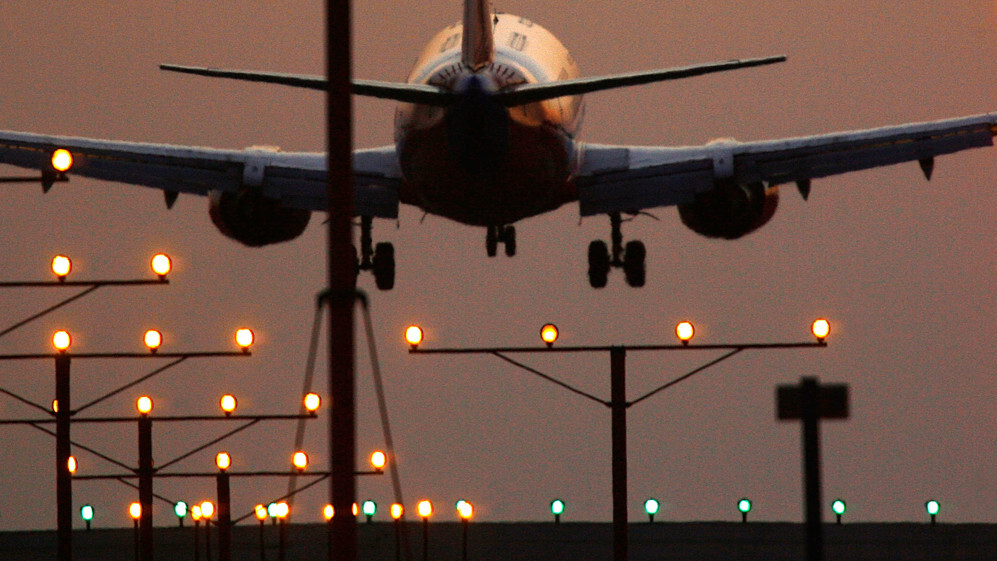
Good news flyers, the US Department of Transportation’s Federal Aviation Administration Administrator (FAA) has announced that airlines can allow passengers to use electronic devices “during all phases of flight”, and is introducing guidelines to implement the new policy.
In real terms, the implementation will depend on the airline, but the FAA says it expects that “many” carriers will demonstrate that their passengers will be able to use their devices in airplane mode by the end of 2013.
Caveats
It’s worth noting that last bit, in that this doesn’t clear the way for travelers to use their connected (cellular) devices as usual, it just means they can continue reading their ebooks, watching movies and any other non-cellular activity as the plane takes off and lands. WiFi service, if available on the plane, can still be used, as can short-range Bluetooth accessories, such as mouses and keyboards.
All items must be held or placed in the seat pocket during descent and ascent. And if there is particularly low visibility, passengers may still be instructed to switch all their devices off during landing.
Also, heavier devices should still be placed under seats or in the overhead hold during takeoff and landing, so this will likely apply to laptops and similar bulky items. And importantly, this new ruling applies to US airspace only, so any flights that originate in the US but terminate in another country will be held to the existing (old) guidelines.
Clearance
The decision follows input from representatives from airlines, aviation manufacturers, passengers, pilots, flight attendants, and the mobile phone industry itself, and represents a big step forward for the airline industry. It’s fair to say the ‘all devices must be switched off for take-off and landing’ rule has flummoxed flyers for years.
“We believe today’s decision honors both our commitment to safety and consumer’s increasing desire to use their electronic devices during all phases of their flights,” said Transportation Secretary Anthony Foxx. “These guidelines reflect input from passengers, pilots, manufacturers, and flight attendants, and I look forward to seeing airlines implement these much anticipated guidelines in the near future.”
As for cellular activity, well, as noted that’s still a big no-no given that mobile phones and other similar devices can send much stronger signals, but it seems there’s room for review on this front too. However, the issue of voice communications falls under the jurisdiction of the Federal Communications Commission (FCC), and the PED Aviation Rulemaking Committee (ARC) recommended that the FAA consult the FCC on its current rules.
For now, it’s worth stressing that these policy changes are not in place yet, and when they are adopted it won’t be in one fell swoop across all airlines. It will be rolled out on a case-by-case basis, though Delta Airlines has been quick to release a statement on the issue – while it’s still awaiting approval, Delta could open to the new guidelines as soon as November 1. That’s tomorrow, for the record.
You can read fact sheet and summary of the report here: Portable Electronic Devices Aviation Rulemaking Committee Report.
➤ FAA allows airlines to expand use of personal electronics
Feature Image Credit – David McNew/Getty Images
Get the TNW newsletter
Get the most important tech news in your inbox each week.




